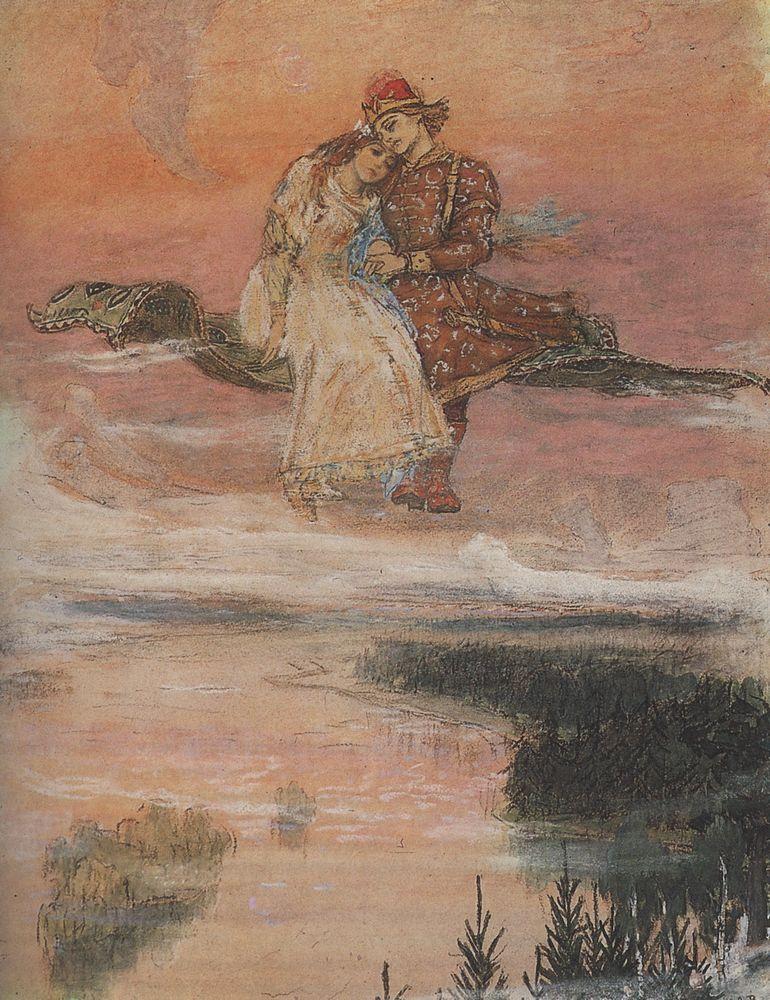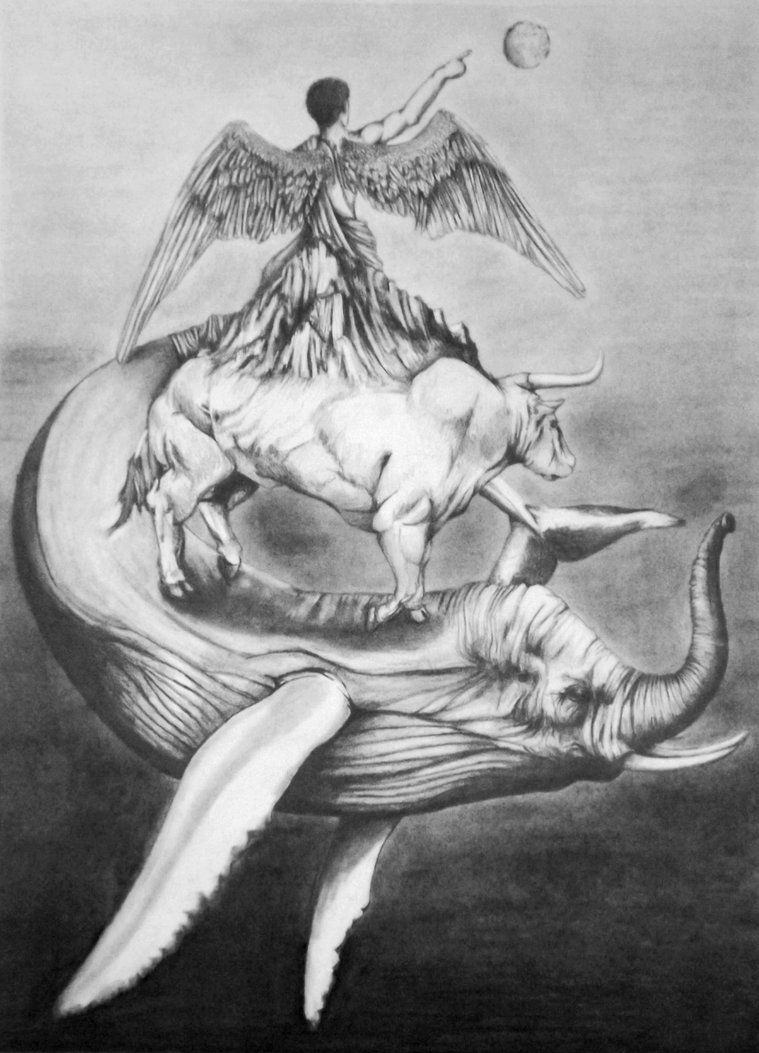Since childhood, we grew up listening to magical fairytales, such as Cinderella, Snow White, and the Little Mermaid. A huge number of these enchanting stories revolve around Arab mythologies and legends, including Aladdin, Ali Baba, and Sindbad. The adventures of these unforgettable characters grant us a valuable opportunity to escape reality for a few minutes to experience an alternative life where fairy godmothers, magic carpets, and mermaids exist. The major question is “Are these stories truly just myths and pure fiction?” Well nowadays, some people believe that some of the events in these fairytales actually did take place. Let’s take a look at some examples of these Arab-based tales.

The Legend of Aladdin and the Magic Carpet
This folktale is in need of no introduction due to its worldwide recognition for the past decades. It is originally part of the collection of legends in the book, “One Thousand and One Nights”, which also contained two other equally renowned legends, Ali Baba and the Forty Thieves as well as Sindbad the Sailor.
Aladdin tells the story of “a young impoverished man, who embarks on a series of adventures after being tricked by an evil sorcerer and coming into contact with a magical jinni (or genie), who helps him win the love of a princess”.
Another important element in this adventurous tale was the magic carpet, which was featured in other stories, including King Solomon and Sultan of the Indies. In the latter, the carpet was described as follows: “Whoever sitteth on this carpet and willeth in thought to be taken up and set down upon other site will, in the twinkling of an eye, be borne thither, be that place nearhand or distant many a day’s journey and difficult to reach.”

The Mythical Creature of Bahamut
Bahamut is a giant and monstrous fish (or whale) that lies in the deep ocean. In this myth, it carries an angel that stands on a gemstone, which is supported by a bull, sometimes called Kuyutha, to balance the earth and sea and is suspended in water for its own stability.

The Monster of Nasnas
Nasnas is said to be an offspring of a demon, called a Shiqq, and a human. According to Edward Lane, the 19th-century translator of The Thousand and One Nights, a Nasnas is “half a human being; having half a head, half a body, one arm, one leg, with which it hops with much agility”. In Somali folklore, there is a creature called Xunguruuf or Hungruf, which resembles the Nasnas, that has the same characteristics and features. It was said that this monstrous creature can make a person fleshless and deceased with one simple touch! The Nasnas is mentioned in Gustave Flaubert’s The Temptation of Saint Anthony.
The Lost City of Atlantis of the Sands
Culture Trip pretty much summarizes the history of this authentic metropolis: “The lost city of Atlantis of the Sands, now shrouded in myth and legend, was supposedly an ancient city in Arabia that was destroyed and buried under sand, by a serious of natural disasters caused by angry gods. Many explorers continue to believe in this tale and search for this lost city, with some believing it to be located somewhere in the southern deserts of modern day Saudi Arabia.” Various names have been given to this city, the most common being Ubar, Wabar, and Iram.
The Legend of Zarqa’ Al-Yamama
In Pre-Islamic Arabian mythology, Zarqa’ al-Yamama was a blue-eyed woman with exceptional intuition, keen sight, and ability to predict events before they happened according to Wikipedia. Her tribe relied on her powers to detect enemies and defend their land as she was said to have the ability to see riders one week ahead of time. Rivals of the tribe tried to evade Yamama’s vision by hiding behind trees that they carried on their path to her village; however, she saw past their devious scheme. Despite her attempts to warn the people, they thought she was going mad and disregarded the matter. Sadly, “the enemy troops eventually reached her tribe and killed every man in the camp, then they tore out Zarqa’s eyes and crucified her”. Some Arab historians believe that the district of Al-Yamama, an ancient historic region in Saudi Arabia, was named after the oracle.



